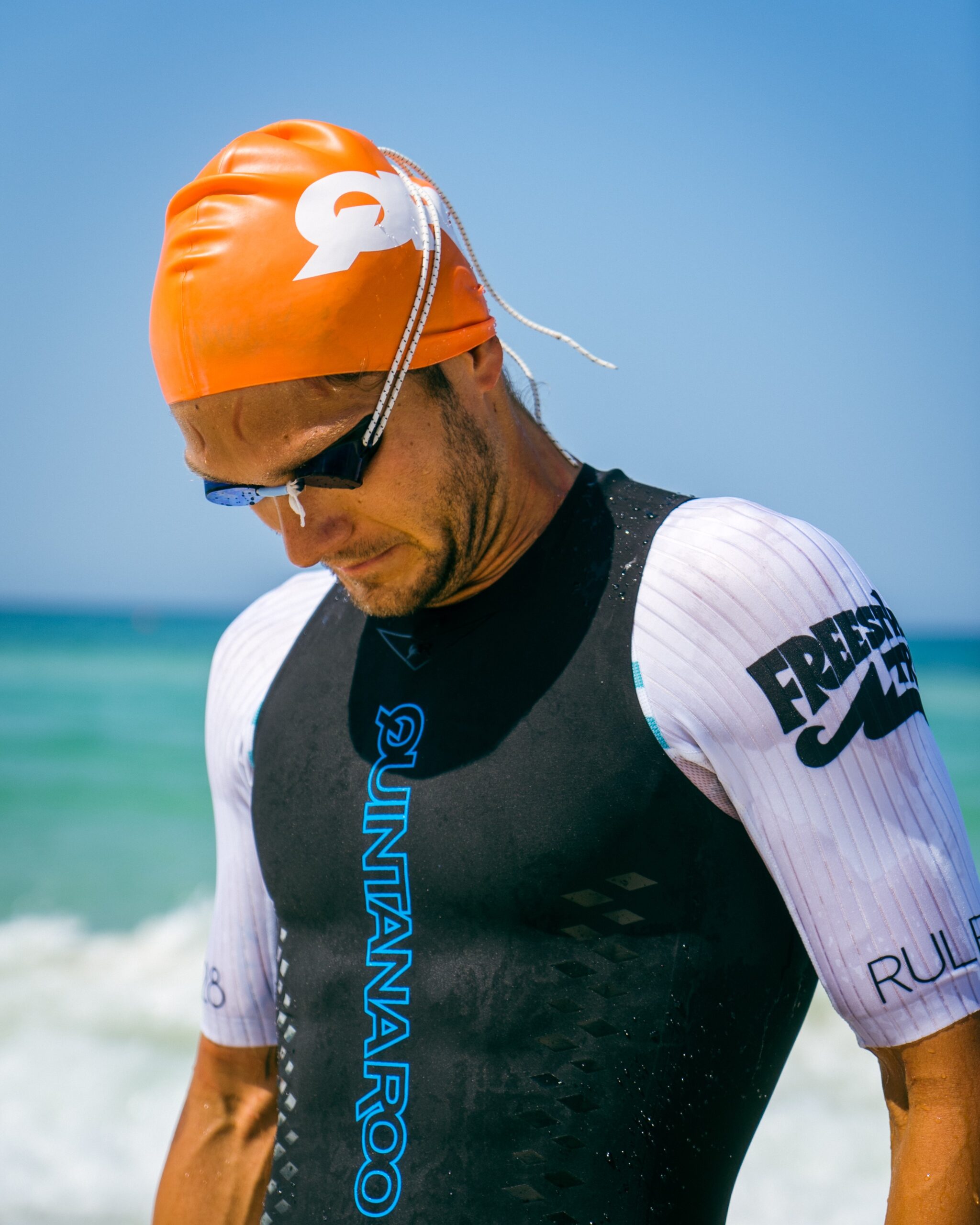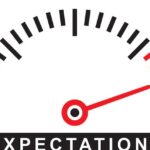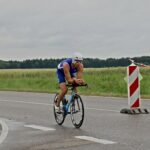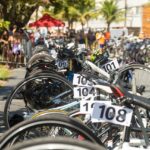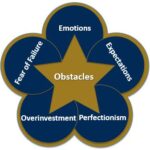Before I begin this article, you may have noticed that I changed the name of this series related to my work with several professional triathletes. I felt that the new name, What the Pros Do, is clearer and more direct.
Back in 2021, I published two articles about race-day routines (here and here). A lot has changed with my ![]() work helping triathletes to prepare to perform their best on race day, so I wanted to share these new ideas with you in this article. These ideas are fresh in my mind because they are a primary focus for the pro triathletes I work with. Their success depends on how prepared they are before a race, so we devote a lot of time to what goes into their race-day routines.
work helping triathletes to prepare to perform their best on race day, so I wanted to share these new ideas with you in this article. These ideas are fresh in my mind because they are a primary focus for the pro triathletes I work with. Their success depends on how prepared they are before a race, so we devote a lot of time to what goes into their race-day routines.
Routines are one of the most important aspects of triathlon that you can develop to improve your conditioning, training, and race performances. Routines benefit all of your efforts in several ways:
- Routines ensure total preparation physically, technically, tactically, and mentally.
- Routines ingrain effective skills and habits that make it easier to transition from training to racing.

- They train your mind and body to react the same way regardless of the importance or conditions of the race.
- Routines create a sense of familiarity, predictability, and control over a sport that is often unfamiliar, unpredictable, and out of our control.
- Routines send messages to your primitive brain that you are in control, so it won’t feel the need to put the brakes on your training and race efforts.
Figure Out What Enables You to Swim/Bike/Run Fast
A key goal in your development as a triathlete is to figure out what enables you to swim/bike/run fast and  do those things every time you train and race. What makes the best so good is that they have figured this out and do it consistently in their race-day routine. Your first step in creating an effective race-day routine is to identify what enables you to swim/bike/run your best. With experience racing triathlons, you’ll figure out what works—and what doesn’t work!—for you. Your next task then is to use your race-day routine consistently.
do those things every time you train and race. What makes the best so good is that they have figured this out and do it consistently in their race-day routine. Your first step in creating an effective race-day routine is to identify what enables you to swim/bike/run your best. With experience racing triathlons, you’ll figure out what works—and what doesn’t work!—for you. Your next task then is to use your race-day routine consistently.
Key Components of a Race-day Routine
- Physical (both physical activation and reaching your ideal physical intensity).
- Equipment (making sure all of your gear is race ready).
- Transition area (laid out efficiently).

- Mental (imagery of your race, positive self-talk, review your race plan).
- Fueling (nutrition and hydration before and during your race).
Key Considerations for Implementation
In addition to what you include in your race-day routine, there are also some important considerations related to when and where you do it.
Timing. The obvious goal with your race-day routine is for you to arrive at the swim start totally prepared to swim/bike/run your best. How you get to that arrival time is very personal. Some triathletes like to  arrive at the race venue several hours in advance. They want to be methodical, relaxed, and unrushed. This longer timeframe for doing a race-day routine enables them to stay relaxed physically, and calm and focused mentally. Others like to arrive much closer to the start of the race because too much time before the race can cause overthinking, doubt, worry, and anxiety.
arrive at the race venue several hours in advance. They want to be methodical, relaxed, and unrushed. This longer timeframe for doing a race-day routine enables them to stay relaxed physically, and calm and focused mentally. Others like to arrive much closer to the start of the race because too much time before the race can cause overthinking, doubt, worry, and anxiety.
Location. The venue on race morning is almost always very busy with other triathletes getting ready, their family and friends waiting for the race to start, and officials getting the race organized. All of this activity can be a massive distraction. It’s up to you to figure out whether these distractions help you or hurt you.
activity can be a massive distraction. It’s up to you to figure out whether these distractions help you or hurt you.
I distinguish between an internal and external focus style. A triathlete with an internal focus style likes to be off by themselves with their focus narrowed onto their routine. If they are around a too-busy environment, it is distracting and stressful for them. By contrast, a triathlete with an external focus style needs distractions to prevent them from overthinking and becoming anxious. I will want to identify a space at the race venue that best fits your needs and makes you feel most comfortable.
Family and friends. Some triathletes like to socialize with family, friends, and teammates before races. These interactions offer several benefits. First, it can act as a distraction to avoid overthinking. Second,  socializing can be fun, which generates thinking, emotions, and physiology that can counter the negativity and nerves that are common before a race. Third, being around people who care about you offers you a sense of support that can build confidence and comfort.
socializing can be fun, which generates thinking, emotions, and physiology that can counter the negativity and nerves that are common before a race. Third, being around people who care about you offers you a sense of support that can build confidence and comfort.
In contrast, other triathletes find having family and friends around during their pre-race preparations![]() distracting and stressful. Like the classic reactions of introverts and extraverts, some triathletes get energy from people before a race, while others find them an energy drain.
distracting and stressful. Like the classic reactions of introverts and extraverts, some triathletes get energy from people before a race, while others find them an energy drain.
For example, Ruth Astle likes being around people. Miguel, expressing his “freestyle” ethos, likes to do his own thing. Lisa’s response was a bit more  nuanced. She said that she only likes to be around people whom she values and trusts. If she’s alone, she can overthink. But she would rather be alone than around people she doesn’t feel comfortable with.
nuanced. She said that she only likes to be around people whom she values and trusts. If she’s alone, she can overthink. But she would rather be alone than around people she doesn’t feel comfortable with.
Prioritize Parts of Your Race-day Routine. One of my favorite sayings in our sport is: “S&%# happens in triathlon!” In other words, so much of our sport doesn’t go as planned, including race-day preparation. You arrive late at the race venue, forget or lose something, something breaks, no swim warm-up, a long walk to the swim start from the transition area, the list goes on.
An important aspect of a routine is that it needs to be flexible for those times when s&%# happens. You may not have time to do your complete race-day routine, but you still want to feel as prepared as you can. In this case, from your list of race-day “to-dos,” you should prioritize each item so, given the realities of your situation, you can select those parts of your routine that you absolutely must do, as opposed to those that you would like to do. With this information, you can then focus on getting yourself ready for the race without freaking out over what you weren’t able to do.
In this case, from your list of race-day “to-dos,” you should prioritize each item so, given the realities of your situation, you can select those parts of your routine that you absolutely must do, as opposed to those that you would like to do. With this information, you can then focus on getting yourself ready for the race without freaking out over what you weren’t able to do.
In sum, a thorough and well-organized routine is the final piece of the performance puzzle on race day. Its  purpose is to ensure that when the horn/gun goes off, you are as prepared as you can be in every way possible. Because, if you are, you set yourself up for a great effort, experience, and performance. And, at the end of the race day, that’s all we can hope for.
purpose is to ensure that when the horn/gun goes off, you are as prepared as you can be in every way possible. Because, if you are, you set yourself up for a great effort, experience, and performance. And, at the end of the race day, that’s all we can hope for.

